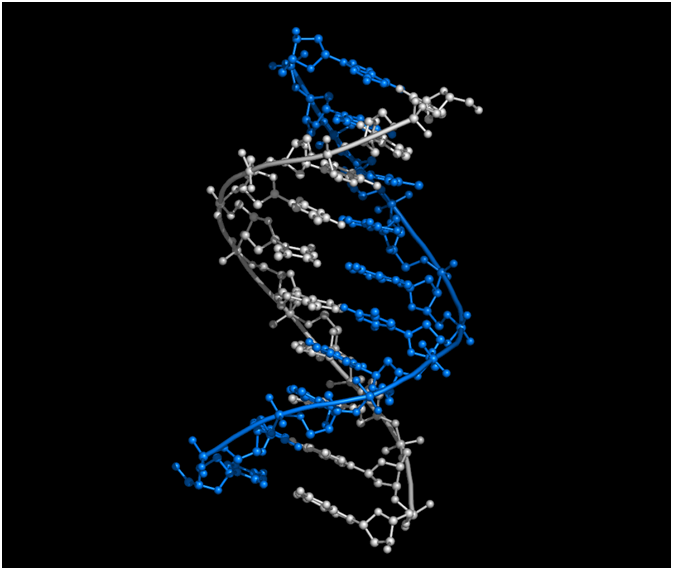.png?width=300&height=254&name=new_picture_(11).png) Due to the fact that nucleic acids carry genetic information and that proteins regulate various life processes, they are considered to be two of the most important biomolecules in any living organism. In addition, their interactions play a crucial role in most biological processes, which include everything from replication,transcription and recombination to enzymatic eventsusing nucleic acids as substrates. Taking all of these things into consideration, it is not surprising why protein-nucleic acids interactions have been the subject of intensive research for the past few years.
Due to the fact that nucleic acids carry genetic information and that proteins regulate various life processes, they are considered to be two of the most important biomolecules in any living organism. In addition, their interactions play a crucial role in most biological processes, which include everything from replication,transcription and recombination to enzymatic eventsusing nucleic acids as substrates. Taking all of these things into consideration, it is not surprising why protein-nucleic acids interactions have been the subject of intensive research for the past few years.
Protein-nucleic acid interactions can be facilitated through a number of ways. You can use electrostatic (salt bridges) and dipolar interactions (hydrogen bonding), entropic or hydrophobic interactions and dispersion forces (base stacking) to accomplish your purpose. These forces determine to a certain extent whether the proteins will bind in tight (sequence-specific) or loose (non-sequence specific) manner.
You can also increase the affinity and specificity of a particular protein-nucleic acid interactionthrough multi-protein complex formation or oligomerization. Please note that the secondary and tertiary structure formed by nucleic acid sequences will provide an additional mechanism by which proteins recognize and bind particular nucleic acid sequences.
Understanding Nucleic Acid Binding Domains and Complex Interactions
Proteins bind with DNA and RNA in discrete conserved domains along its tertiary structure. Proteins may also have multiple nucleic acid binding domains of the same kind or several different domains along their structure. The identity of the individual nucleic acid binding domains and their arrangement helps determine their functional importance within the protein.
Proteins can bind directly or indirectly to the nucleic acid resulting in interactions of varying strengths. You can use the strength of these interactions to determine which assays should be used for studying complex assembly. You should also understand how proteins interact with nucleic acids, know what proteins are present in these complexes and identify the nucleic acid structure required to assemble these complexes to better understand their role in regulating cellular processes.
Protein-DNA Interactions
DNA-binding protein complexes usually find their target by sliding along the genomic DNA until they reach their specific DNA docking site. So, what is the importance of protein-DNA interaction? Well, aside from controlling the structure of genomic DNA (chromatin), it also plays a crucial role in the transcription of RNA and DNA repair mechanisms.
Some of the most common DNA binding domains include the following:
-
Zinc fingers - a small protein structural motif stabilized by the coordination of one or more zinc ions
-
Helix-turn-helix - a major structural motif composed of two α helices joined by a short strand of amino acids. It is usually found in proteins that regulate gene expression.
-
Helix-loop-helix - a structural motif characterized by two α helices joined by a loop.
-
Winged helix - a structural motif characterized by four helices and a two-strand beta-sheet.
-
Leucine zipper - a common three-dimensional structural motif that is usually found as part of a DNA-binding domain in various transcription factors.
Protein-RNA Interactions
Protein-RNA interactions take place to splice, protect, translate or degrade the message. They serve to process and modify RNAs through alternative splicing, RNA editing and polyadenylation, transport mRNAs from the cell nucleus to the cytoplasm, facilitate the localization of mRNAs and transcribe proteins in their intended site within the cell, and regulate translation to control gene expression.
Aside from zinc domains, the specificity and function of RNA-binding proteins are determined by the following:
-
RRM (RNA recognition motif) – an RNA-binding domain composed of 90 amino acids that bind single-stranded RNAs.
-
Double stranded RNA binding motif (dsRBM) -an RNA-binding domain composed of 70 to 75 amino acids. It plays an important role in RNA processing, localization, interference, editing, and translational repression.






